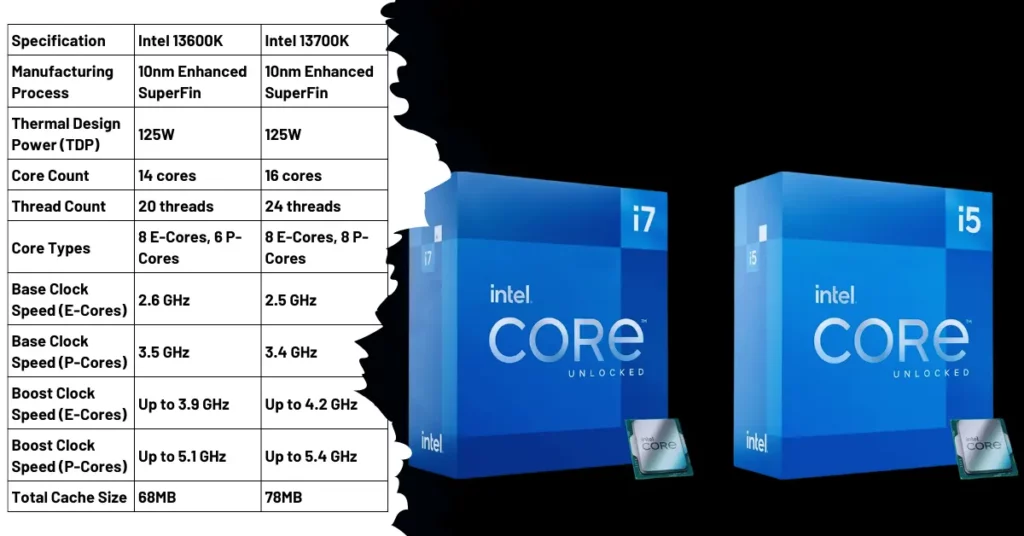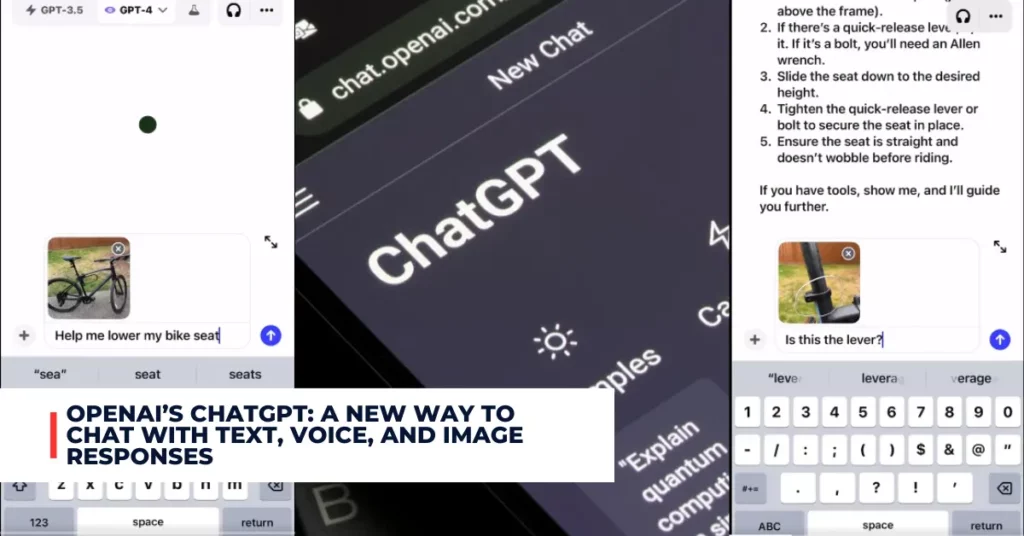Meta, the company formerly known as Facebook, has announced a new suite of generative AI tools that aim to help advertisers create more effective and engaging ads on its platforms. The tools use artificial intelligence to generate background images for products, come up with different variations of advertising copy or automatically resize ads to fit on Instagram or Facebook.
Contents
How Do the Generative AI Tools Work?
The generative AI tools are powered by Meta’s large language models, such as Llama 2 and Code Llama, which can understand natural language and generate text or code from prompts. The tools also leverage Meta’s computer vision models, such as Stable Signature, which can watermark images created by generative AI to protect their ownership and provenance.
The tools are available to marketers in Meta’s Ads Manager, where they can access them through a simple interface. For example, to generate a background image for a product, the marketer can enter a text description of the desired scene, such as “a cosy living room with a fireplace”. The tool will then produce a realistic image that matches the description and place the product in the foreground. The marketer can also adjust the image by changing the text or using sliders to modify the brightness, contrast, saturation or blur.
To generate advertising copy, the marketer can enter a headline or a slogan for their product or service, and the tool will generate several variations of text that can be used as captions or descriptions. The tool will also suggest keywords and hashtags that can help optimize the ad for search engines and social media platforms.
To automatically resize ads, the marketer can upload an existing ad image and the tool will adapt it to fit different formats and dimensions required by Instagram or Facebook. The tool will also preserve the quality and readability of the text and graphics in the resized image.
CIO Insider India shared a post on Twitter:
Meta Rolls Out Generative AI Tools to all Advertisers
News: https://t.co/3MMQo6zFnz#AI #Technologies #Artificialintelligence #Technologies #Business #AIchatbot #Cioinsiderindia pic.twitter.com/cQi4dkM7B8
— CIO Insider India (@cioinsiderindia) October 5, 2023
What Are the Benefits of Using Generative AI Tools?
Meta claims that using generative AI tools can help advertisers save time and money, as well as improve the performance and creativity of their ads. According to Meta, some of its early testers have reported up to 50% reduction in ad creation time, up to 30% increase in click-through rates, and up to 20% increase in return on ad spend.
Meta also says that using generative AI tools can help advertisers reach more diverse and relevant audiences, as well as enhance their brand identity and storytelling. By using natural language and computer vision models, the tools can generate images and text that are tailored to different contexts, cultures, languages and preferences of the users.
Check out some of the most recent trending articles:
- Apple to Launch New MacBook Pro Models With More Power and Better Displays
- Google Announces Assistant With Bard Powered by AI: How Does It Work?
What Are the Challenges and Limitations of Using Generative AI Tools?
While generative AI tools offer many advantages for advertisers, they also pose some challenges and limitations that need to be addressed. One of the main challenges is ensuring the safety and responsibility of the generated content, especially when it comes to avoiding harmful, offensive or misleading content that could violate Meta’s policies or user’s trust.
Meta says that it has built safeguards into its generative AI features and models to prevent such issues, such as filtering out inappropriate words or images, detecting and flagging potential violations, and providing feedback and guidance to marketers. Meta also says that it monitors and audits the performance and quality of its generative AI tools on an ongoing basis.
Another challenge is ensuring the originality and authenticity of the generated content, especially when it comes to respecting the intellectual property rights and creative expression of others. Meta says that it has implemented measures to ensure that its generative AI tools do not infringe on any existing copyrights or trademarks, such as checking for duplicates or similarities with other sources, adding watermarks or signatures to identify the source of the generated content, and providing attribution and citation options for the marketers.
A limitation of using generative AI tools is that they cannot replace human creativity and judgment entirely. Meta says that its generative AI tools are meant to augment and assist marketers, not replace them. The marketers still have the final say over what content they use for their ads, and they are responsible for ensuring that their ads comply with Meta’s policies and best practices.

